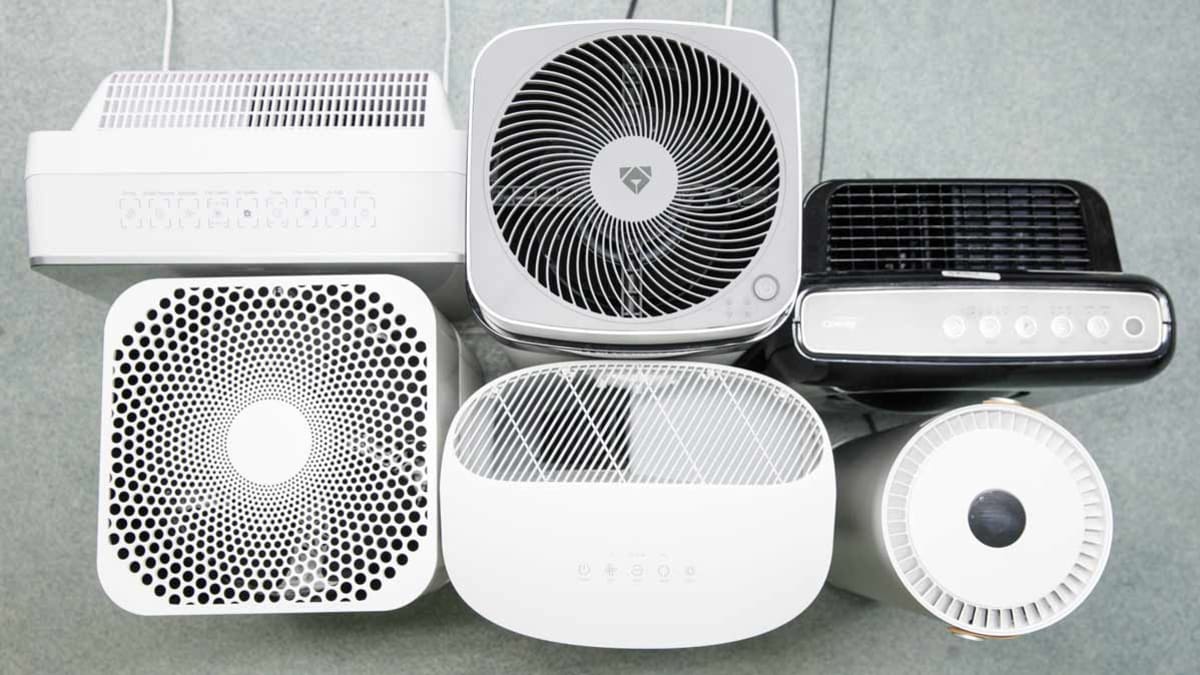Best Air Purifiers of 2023 - Consumer Reports

An air purifier can remove very small particles, such as dust, pollen, and the particulate matter in smoke. It can also tackle viruses and suspicious-smelling volatile compounds. But our current ratings of more than 140 models confirm that some are better than others. The best air purifiers can remove particles at any of its speed settings, says Misha Kollontai, who oversees air-purifier testing at Consumer Reports. And the worst, he says, will struggle, even when running at the highest speed, "accompanied by a lot of noise."
A high-quality air purifier can come in handy if you spend a lot of time cheffing it up in the kitchen, if you have pets that shed, if you use cleaning products throughout the house, or even if your surfaces just seem to collect a considerable amount of dust. This is particularly true if you don't or can't open the windows to let fresh air circulate, or if the air out there isn't the freshest to begin with, as may be the case during allergy or wildfire season.
How We Pick the Best Air Purifiers
Our engineers find that many of the models we run in our labs can ace our tests at high speed, with no problem. It's often how much debris these machines can capture when not on full blast that's a challenge. The best air purifiers in our ratings are capable of clearing the air even on low settings—and they do it without making a racket and at a reasonable annual cost. What's more, they feature an intuitive design, so you don't need a PhD in particle physics to operate them. And it's a breeze to move them from room to room, maneuver the controls, and change filters. In March 2023, we also began folding in a brand's owner satisfaction and reliability ratings into a model's Overall Score. These ratings are based on Consumer Reports' 2022 Summer Survey of 8,377 air purifiers purchased between 2012 and 2022.
How Consumer Reports Tests Air Purifiers
To test air purifiers, we inject smoke and dust particles into a sealed chamber and assess how well each model removes particles between 0.1 and 1 micron. (Human hair has a diameter of roughly 100 microns.) Using a particle counter, we measure the change in particle concentration as the air purifier runs for 15 minutes at the highest speed, and then at a lower speed. And because these machines are designed to run day and night, we measure noise levels, in decibels, at every speed, and calculate annual operating costs for filter replacements and energy use to run the machine 24 hours a day.
We recently tested nine more models, including those from Blueair and Coway. Some performed well enough to earn a CR recommendation; two even cracked our Best of the Year list.
We also recently tested a popular social media hack—a DIY air purifier—in the lab. (And there are a few things you should know before trying it at home.)
Here's a closer look at the top five air purifiers, listed in alphabetical order, from our ratings. For more options, explore our comprehensive air purifier ratings, where you can read more about the 141 models we currently rate, and filter them according to your needs (including by price, brand, and weight). To learn more about how air purifiers work, check out our air purifier buying guide.
Comments
Post a Comment